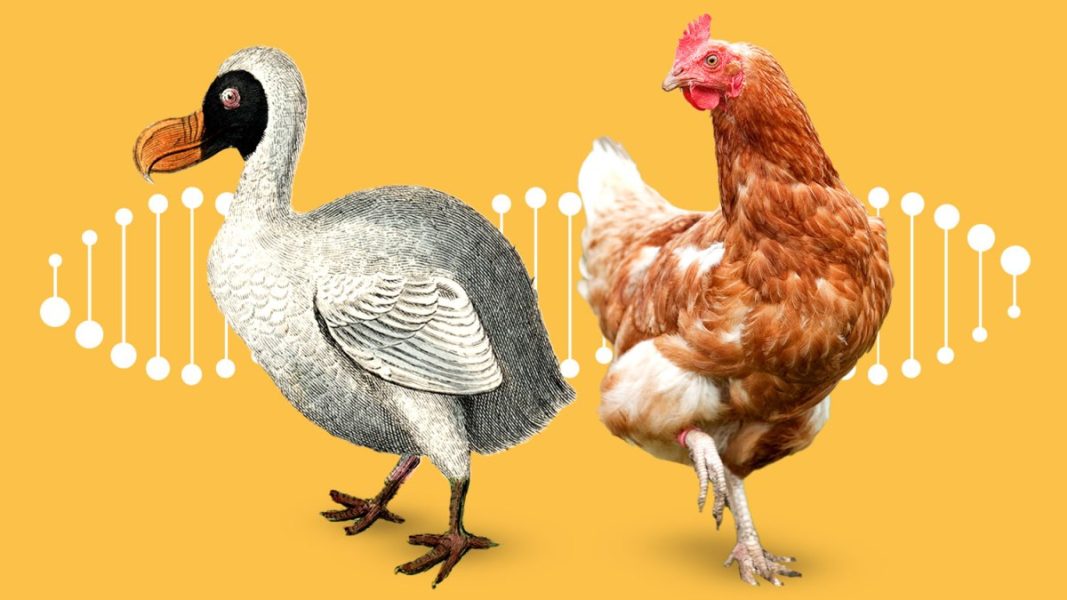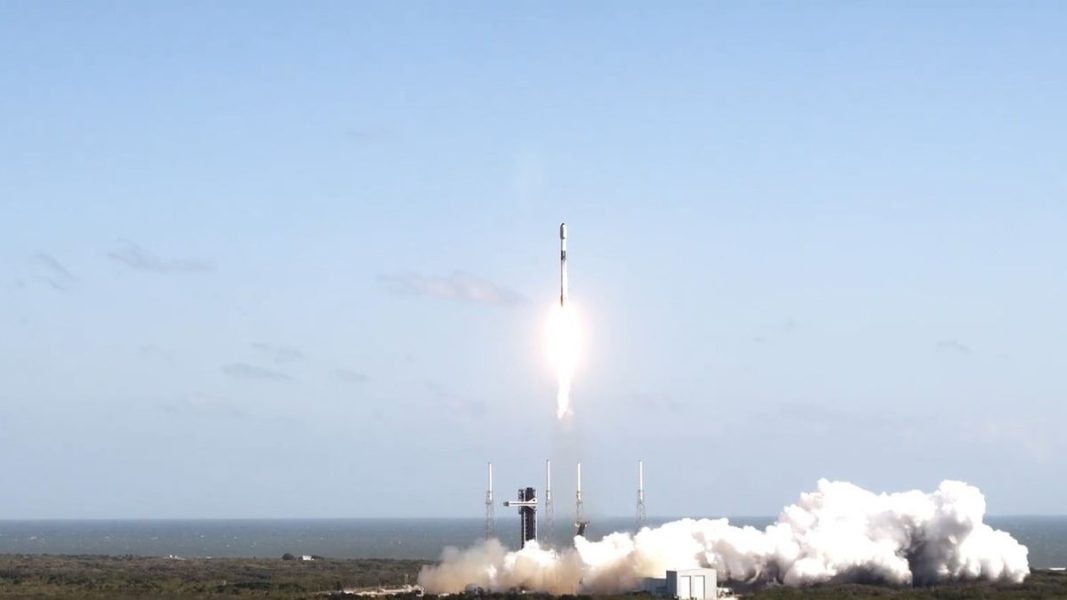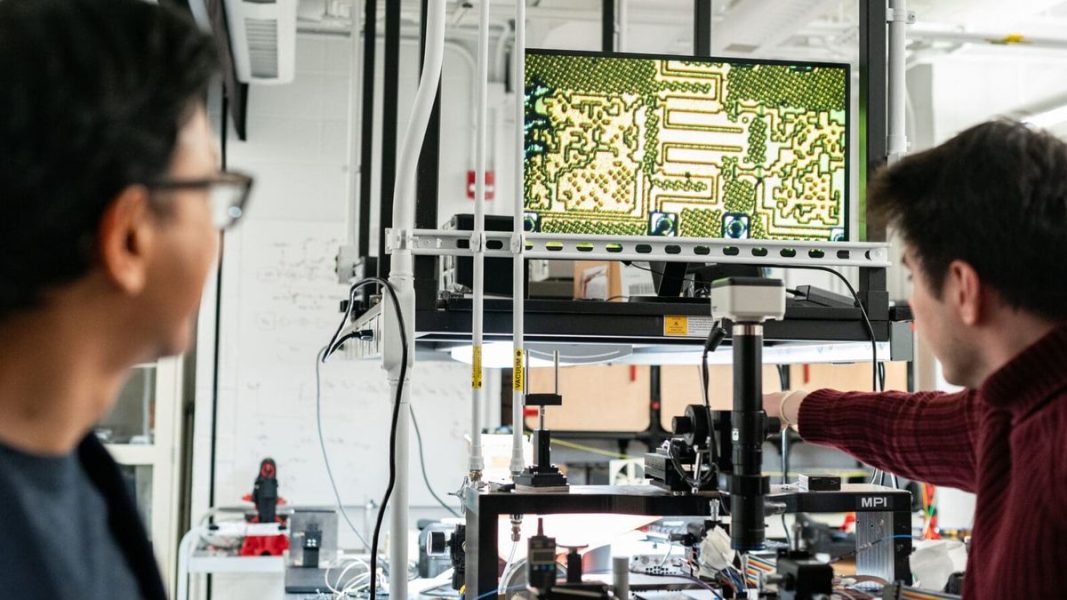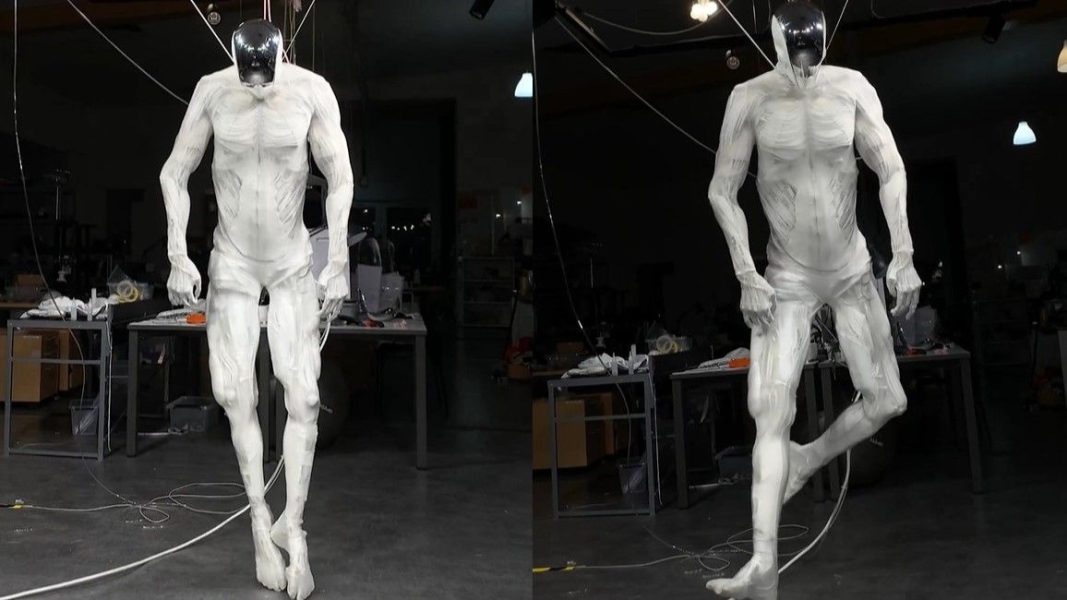Dinosaurs’ Closest Relatives Prove They Can Think—Study Finds “Dumb Birds” Are Actually Problem-Solvers – The Daily Galaxy –Great Discoveries Channel
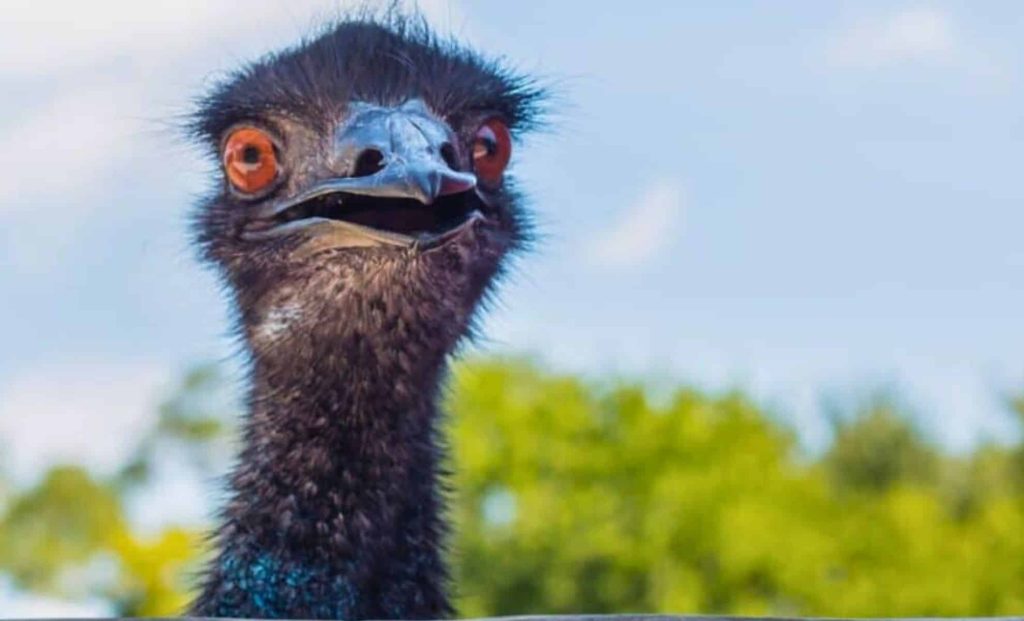
For years, big birds like emus have been dismissed as “dumb birds,” but new research suggests otherwise. Scientists put these ancient dinosaur relatives to the test, and the results were unexpected.For years, emus and rheas have been dismissed as some of the least intelligent birds on the planet. But new research suggests they may be more innovative than previously thought. In a study published in Scientific Reports, scientists found that these large, flightless birds—among our closest living relatives to dinosaurs—are capable of technical innovation when faced with a challenge to access food.The research team, led by Dr. Fay Clark from the University of Bristol, designed a puzzle that required birds to manipulate a rotating wheel to align a hole with a food chamber. Emus, often nicknamed the “world’s dumbest birds,” successfully developed a new technique to solve the task, moving the wheel in the most efficient direction 90% of the time.One male rhea went even further, inventing a second method by rotating the bolt in the center of the wheel until the entire mechanism fell apart—essentially hacking the test.Meanwhile, ostriches, which were also included in the study, did not display innovation during the trials.When people think of intelligent birds, they usually picture crows and parrots, both known for their problem-solving abilities. However, Dr. Clark warns that repeatedly studying the same species can create an “echo chamber,” reinforcing the idea that other birds are less intelligent simply because they haven’t been tested in the same way.This study is the first documented evidence of technical innovation in palaeognath birds—an ancient lineage that includes emus, rheas, and ostriches. While their problem-solving methods are not as complex as those of crows, the fact that they can innovate at all challenges previous assumptions about their cognitive abilities.Palaeognath birds are the closest living relatives to dinosaurs, meaning their cognitive abilities could provide insights into how dinosaurs may have thought and behaved. If these birds can solve problems, it’s possible that some dinosaurs also possessed basic problem-solving skills—a perspective that could reshape how scientists view prehistoric intelligence.The researchers now plan to expand their studies to compare how different bird species respond to the same problem-solving tasks. By testing a wider range of birds, scientists hope to build a more complete picture of avian intelligence—and perhaps, gain new clues about the minds of dinosaurs.Dr. Clark emphasizes that the more we study palaeognath birds, the clearer the bigger picture of bird cognition becomes. The study not only redefines what we consider “smart” in the animal kingdom but also highlights the importance of looking beyond the usual suspects when studying intelligence.Comment Save my name, email, and website in this browser for the next time I comment.
© 2024 | Daily Galaxy | All rights reserved

